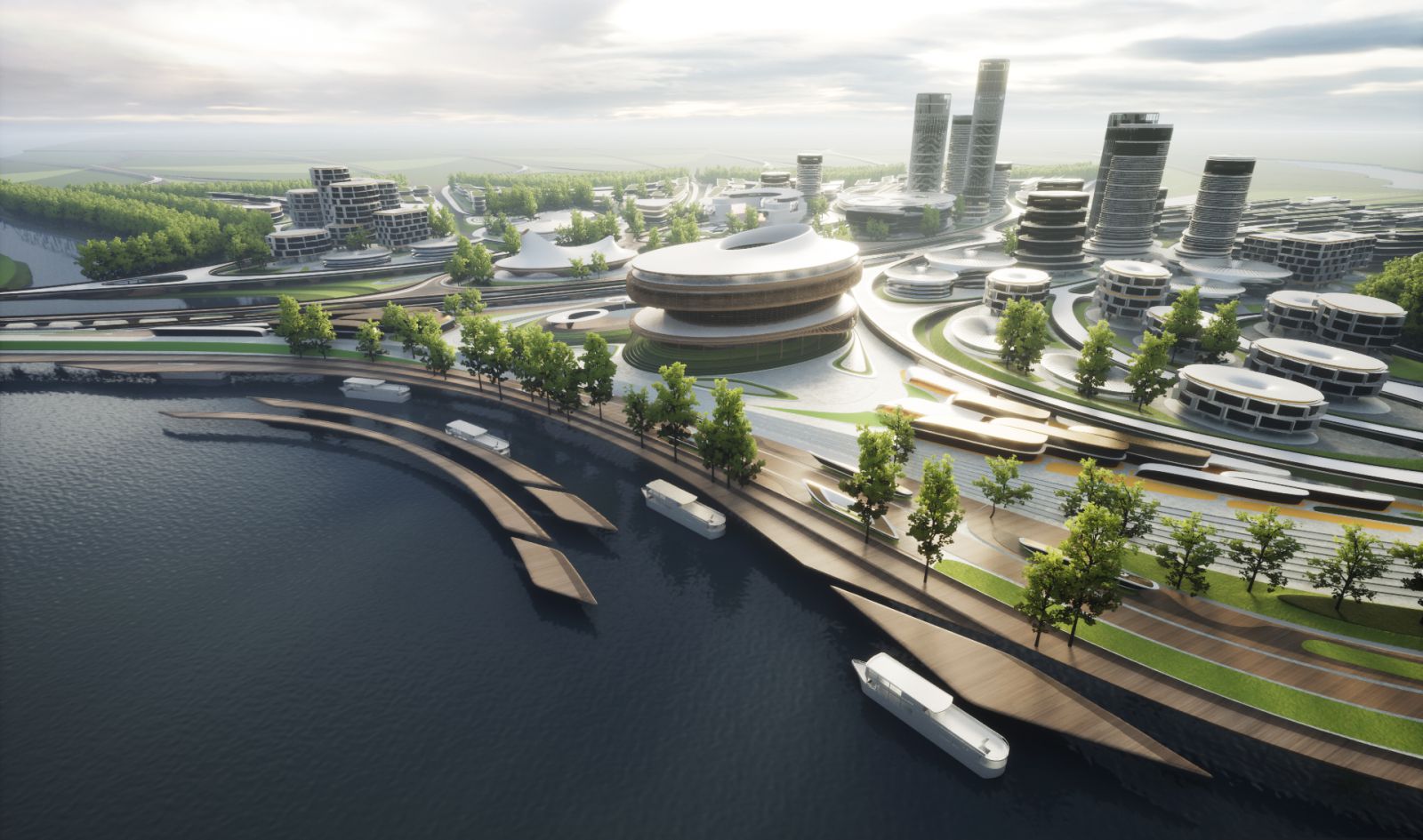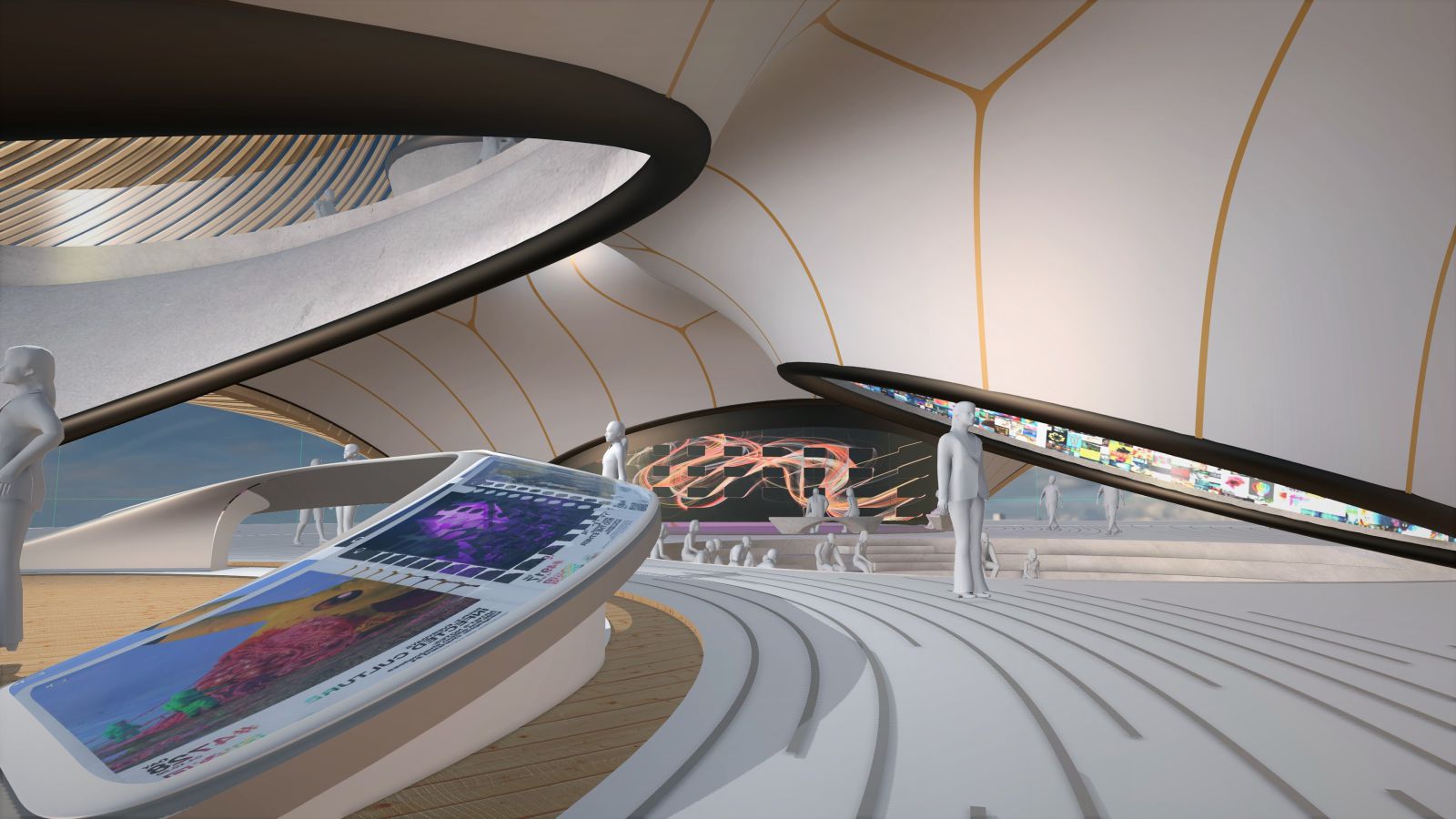While the Liberland Metaverse is meant to spearhead the development of Liberland as a libertarian micro-nation it will also function as free standing virtual reality realm in its own right with the ambition to become the go-to-site for networking and collaboration within the burgeoning Web 3.0 industry, i.e. the metaverse for metaverse developers and the crypto ecosystem at large.
The two communities – the community of libertarians who understand that the technology powered prosperity potentials of our times require a revolution in the degree of entrepreneurial freedom and the community of blockchain empowered Web 3.0 developers who realise that their amazing innovative flourishing depends on a permissionless realm of interchange – are congenial and overlap to a significant degree.
Liberland is well known in crypto circles and has build up a following of would be citizens of over 600,000. This gives our project a head-start with respect to achieving its ambitions. The metaverse is the future of the internet and it is architects rather than graphic designers who will design its sites and spaces. The key analogy is no longer the magazine with separate pages but the city and its seamless web of spaces.
Co-location synergies will unfold and order the distribution of sites and enable an intuitive browsing navigation full of discoveries and serendipitous encounters, as well as vivid crowd interactions. In Liberland parcels of land will be sold with covenants in accordance with a nested system of different planning regimes: a central curated urban core, surrounded by a layer of districts where we encourage urban self-governance, and finally zones where the absence of urban planning allows for a spontaneous order via a free-wheeling discovery process.


The architectural and urban paradigm that is most congenial to this idea of a differentiated, evolving, multi-author urban field is: parametricism. We therefore predict that the development of the metaverse will boost parametricism. This will also feed back into physical architecture because most organisations and clients will have both real and virtual venues. As long as we have physical bodies we’ll need physical environments.
Virtual environments are as real as physical environments and social reality exists and continues seamlessly across this divide. (For us the metaverse has nothing to do with escape into a video game fiction.) Virtual and physical environments are ideally designed together. The key advantages of virtual environments are their global accessibility and their adaptive, parametric malleability. We foresee the interweaving of virtual and physical spaces. This is also anticipated in our conception of the Liberland metaverse.

Its land is a one-to-one digital twin of the physical land mass of Liberland (beautifully situated at the Danube river between Serbia and Croatia). Our conception of the metaverse is based on realistic design and photo-realistic rendering. We believe this, at least in the initial stages of metaverse development, allows for the fullest exploitation of the city analogy, utilising our innate and learned intuitive cognitive capacities with respect to orientation, wayfinding and the reading of subtle aesthetic social atmospheres and situations.
This realism in our cyber-urban conception also allows for the later physical realisation of the designed metaverse spaces in the physical Liberland, to any desired extent. Two powerful innovations are coming together in the metaverse we envision: the immersive internet allowing for a new level of life-like spontaneity in social interactions and the internet of value allowing for truly global economic collaboration without gate keepers, no matter which passport participants hold.

We conceive of the metaverse as an open platform, based on freely circulating open source insights and technologies, building on and participating in the culture of permissionless innovation that has fuelled the crypto ecosystem in recent years. As Vitalik Buterin has insightfully argued, the most crucial currency for crypto platform projects is legitimacy within the wider ecosystem and community of participants.
That is why we believe that the open, decentralised, community owned versions of the metaverse – organised as transparent DAOs – will win out over centralised corporate ventures. This fits into an emerging world where the end to stagnation and a boost to prosperity for all requires that centralised power blocks give way to global markets and discourses. The metaverse will in turn accelerate this larger transformation. Source by Zaha Hadid Architects.


- Location: Metaverse
- Architect: Zaha Hadid Architects (ZHA)
- ZHA Principal: Patrik Schumacher
- ZHA Project Team: Jianfei Chu, Edward Meyers, Taizhong Chen, Cesar Fragachan, Vishu Bhooshan, Henry David Louth, Shajay Bhooshan
- Metaverse Application & Web Service Development: Mytaverse Chief Technology Officer: Jaime Lopez
- Project Manager: Abraham Kim
- Director of Environments and Level Design: Felipe Soares
- Level Designers: Bannaker Braulio Dacosta, Gustavo Henrique
- Unreal Engine Developers: Herik Rezende, Tiago Do Santos, Marcos Misurini
- Documentation & Multimedia: Edward Meyers, Jianfei Chu, Taeyoon Kim, Vishu Bhooshan, Henry David Louth, Shajay Bhooshan Mytaverse: Micah Bond, Nick Lacroix
- Year: 2022
- Images: Courtesy of Zaha Hadid Architects (ZHA)
















